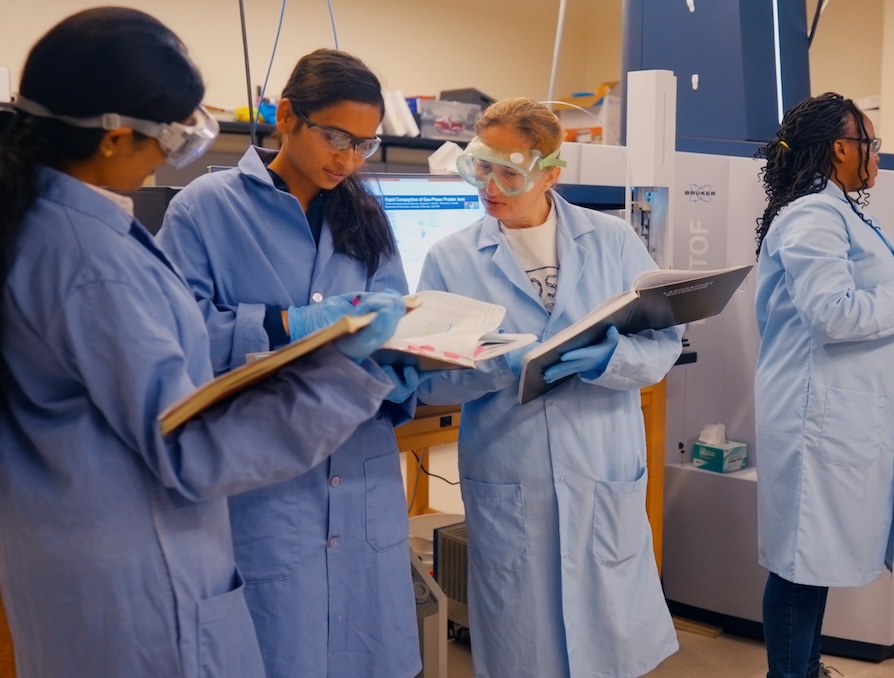
Find more answers here!
More than 7.2 million Americans age 65 and older are currently living with Alzheimer’s disease. With the prevalence projected to nearly double by 2060, the need for effective treatments and diagnostics has never been more urgent.
What’s being done to uncover cures or slow the disease’s progression?
Professor Justin Legleiter explains how ongoing research is tackling Alzheimer’s at its roots, from preventing protein misfolding and aggregation to developing biomarkers and antibody-based therapies that are showing promise.
How does protein misfolding and aggregation contribute to Alzheimer’s disease?
Proteins typically fold into stable, three-dimensional structures. A common feature across many neurodegenerative diseases, including Alzheimer’s, is that the stability of certain proteins is disrupted. This causes the proteins to clump together or aggregate. These clumps, known as amyloid, build up in tissues and organs. Amyloid has specific biochemical properties that make it difficult for the body to break down and remove.
These aggregates contribute to disease in two main ways. First, when proteins aggregate, they can no longer perform their normal functions, a problem known as loss of function. Second, the aggregates themselves can become toxic and directly damage cells, referred to as a toxic gain of function. In Alzheimer’s specifically, two proteins are the primary culprits: beta-amyloid and tau.
How might understanding protein folding pathways help in reversing or halting Alzheimer’s progression?
Understanding how proteins fold — and misfold — can help researchers design therapies to prevent or slow Alzheimer’s disease. By identifying where the folding process goes wrong, scientists can target those steps. For example, small molecules might be developed to stabilize proper protein structures, or molecular “chaperones” could help guide proteins away from misfolding.
Amyloid forms through several stages, creating different types of aggregates along the way. By studying how these structures form, researchers can identify which ones are most toxic and develop treatments to target them directly.
Are there biomarkers that can be used to detect early signs of Alzheimer’s disease?
Currently, an Alzheimer’s diagnosis involves evaluating memory and personality changes, cognitive function, and medical and family history to rule out other causes. However, researchers have identified several biomarkers, measurable biological indicators, that can signal the disease earlier.
For instance, levels of specific forms of beta-amyloid and tau in cerebrospinal fluid or blood can indicate Alzheimer’s progression. The FDA recently approved a blood test that measures the ratio of these proteins to help diagnose the disease. Biomarkers aren’t limited to these proteins, though. For example, formic acid levels are often elevated in the urine of Alzheimer’s patients.
There are also genetic risk factors. Different forms of the apolipoprotein E (APOE) gene carry varying levels of risk for developing Alzheimer’s. Continued research into biomarkers and genetic factors is essential for improving early detection and treatment.
What new research or treatments are showing promise?
Antibody-based treatments targeting amyloid continue to show durable benefits. These strategies have already led to approved drugs such as lecanemab and donanemab, with others such as trontinemab in clinical trials. Therapies aimed at managing symptoms are also improving, while advances in biomarkers are enabling more accurate and earlier diagnoses, allowing for interventions that could slow or alter the course of the disease.
About the professor

Justin Legleiter, professor and biochemistry researcher with two decades of studying neurological diseases, is chair of the Department of Biochemistry, Molecular Biology & Biotechnology.














